Unveiling the Essence: How to Craft a Compelling Product Story
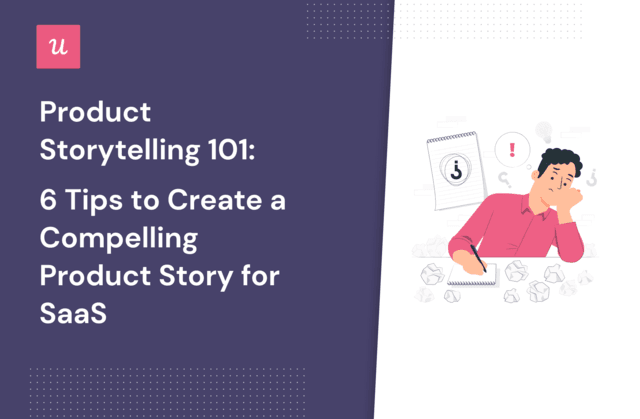
You’ve poured your heart and soul into crafting your product or service. Now, the crucial task is to translate that passion into a compelling narrative that resonates with your ideal customer. This isn’t just about listing features; it’s about weaving a story that reveals the transformative power your offering holds.
As an architect and interior designer, I understand the importance of building a structure that’s not just functional, but emotionally engaging. Just as a well-designed home evokes feelings of comfort and inspiration, your product story should evoke a sense of desire and need in your potential customers.

Here’s a roadmap to crafting a compelling product story:
1. Define Your Ideal Customer:
- Who are they? What are their demographics, lifestyle, and aspirations?
- What are their pain points? What challenges do they face that your product addresses?
- What are their motivations? What drives their decision-making process?
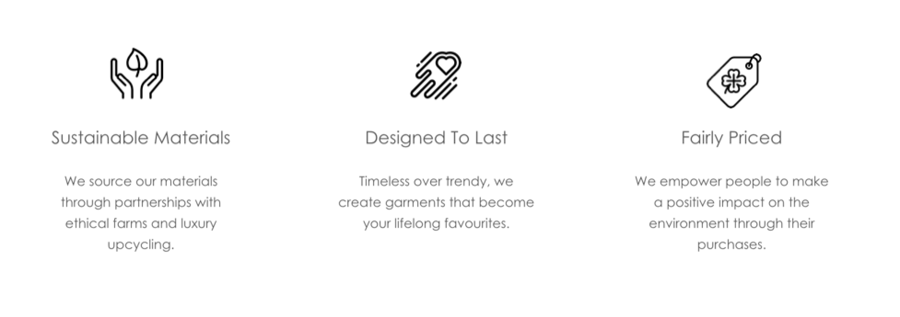
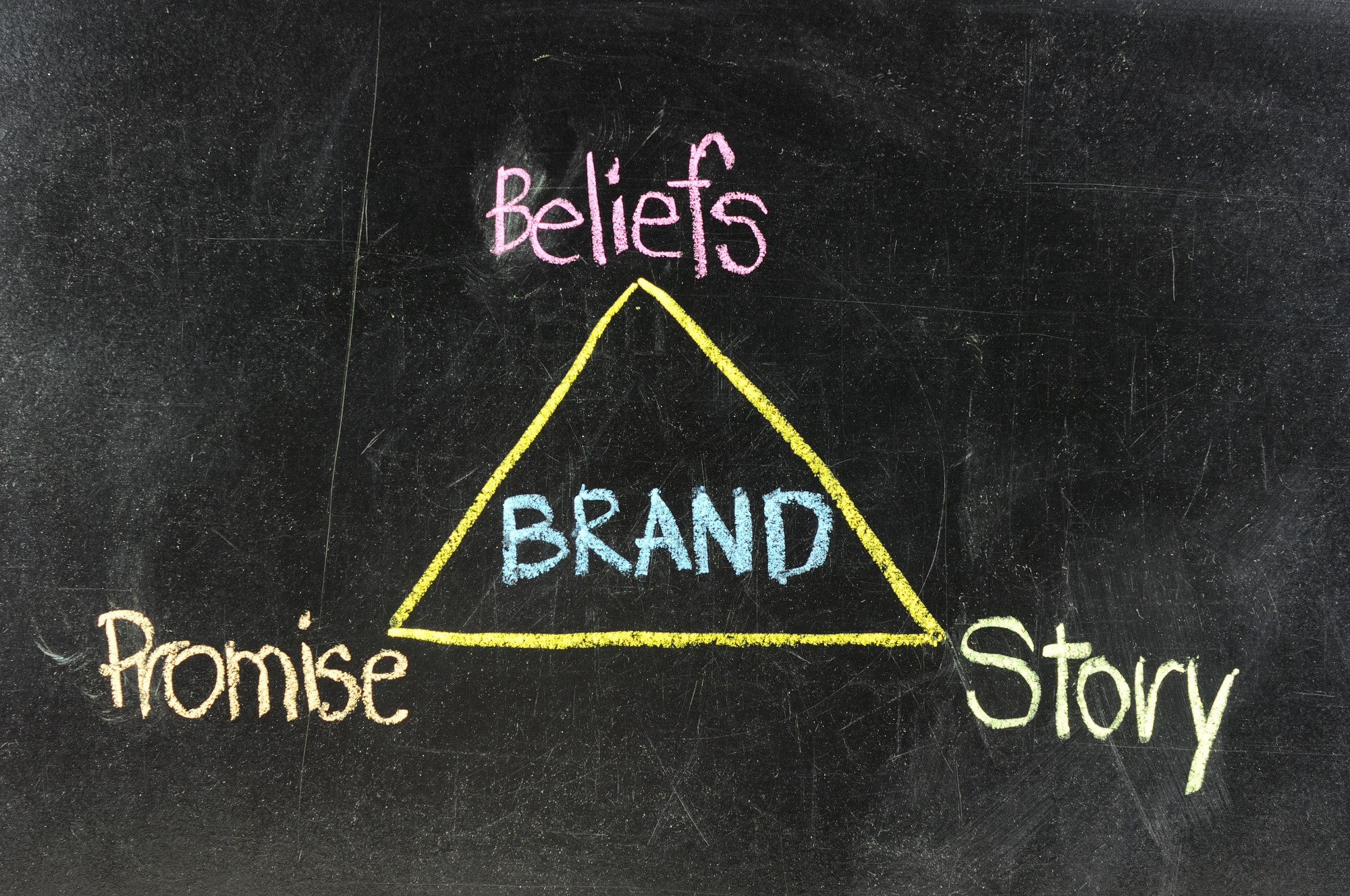
2. Uncover the Core Benefits:

- What problems does your product solve? Focus on the outcomes your product delivers, not just the features.
- How does it make their lives easier, better, or more fulfilling? Connect your product to their emotional needs and aspirations.
- What are the unique selling propositions (USPs) that set your product apart? Highlight what makes your offering truly special.



3. Craft a Compelling Narrative:
- Start with a problem statement: Briefly describe the pain point your product addresses.
- Introduce your solution: Clearly articulate how your product solves the problem.
- Showcase the benefits: Paint a vivid picture of how your product enhances their lives. Use powerful verbs and evocative language.
- Demonstrate the value: Quantify the benefits whenever possible. Show how your product delivers a return on investment (ROI) or saves time and effort.
- Build credibility: Share testimonials, case studies, or expert endorsements to build trust.
- Create a call to action: Encourage your audience to take the next step, whether it’s making a purchase, signing up for a free trial, or requesting more information.
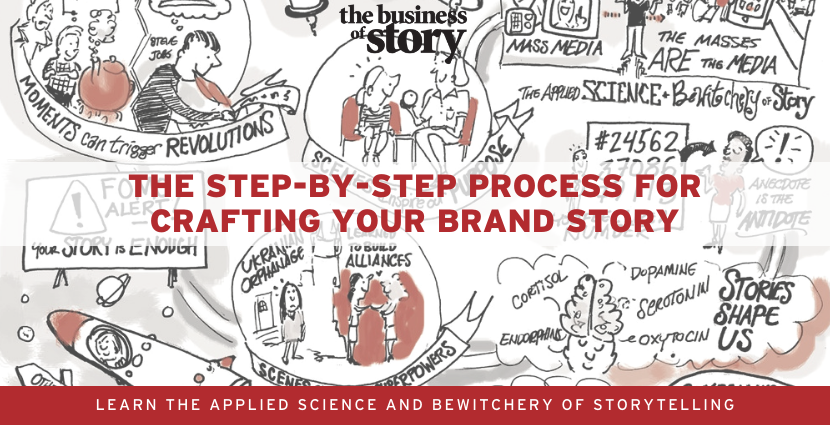

4. Tailor Your Message:
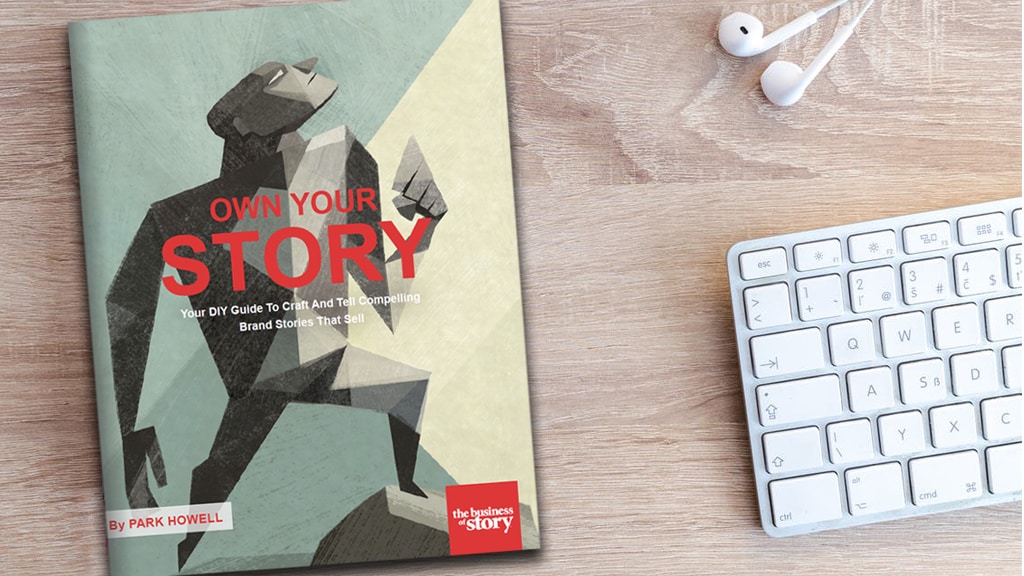
- Adapt your language and tone to your audience. Use jargon sparingly and focus on clear, concise communication.
- Choose the right channels to reach your ideal customer. Consider online platforms, social media, email marketing, and print media.
- Use visuals to enhance your story. High-quality images, videos, and infographics can help bring your product to life.
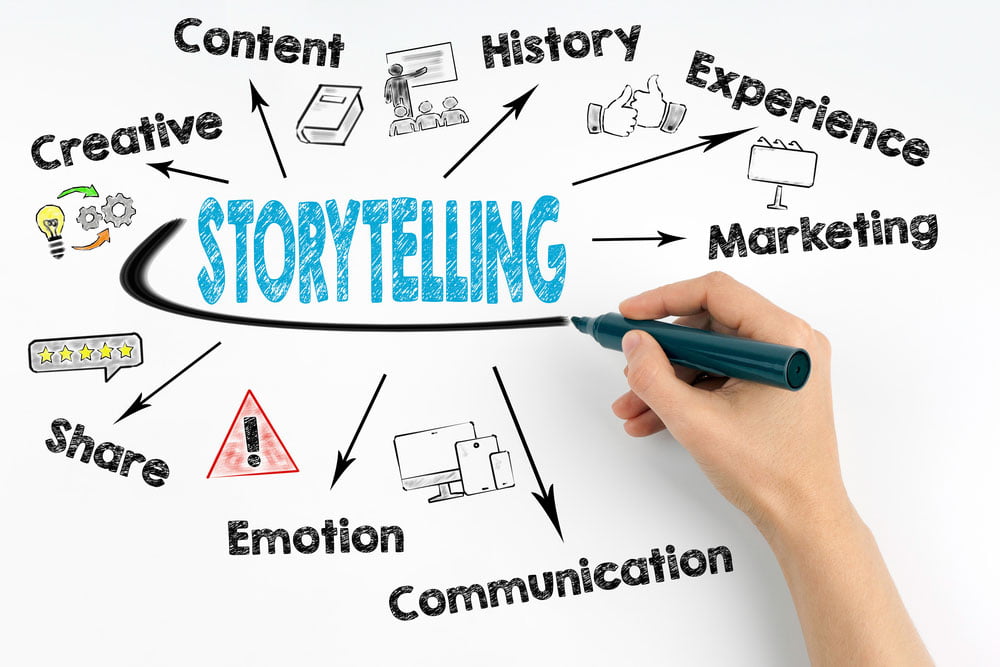
Example: Modern Home Design Service
Ideal Customer: Busy professionals seeking a stress-free home renovation experience with a focus on modern aesthetics and functionality.
Pain Points:
- Lack of time and expertise to manage a complex renovation project.
- Overwhelmed by design choices and trends.
- Fear of exceeding budget and timelines.
Benefits:
- Stress-free renovation: Experienced team manages all aspects of the project from design to completion.
- Modern aesthetic: Tailored design solutions that reflect the client’s unique style and preferences.
- Functional spaces: Maximized use of space and optimized for daily living.
- Budget control: Transparent pricing and clear communication throughout the project.
Compelling Narrative:
"Imagine stepping into your dream home, a sanctuary of modern elegance and functionality, designed to perfectly reflect your unique style. But the reality of a renovation can be daunting – managing contractors, navigating design choices, and staying within budget. That’s where we come in. We take the stress out of home renovation, offering a seamless experience from concept to completion. Our team of experienced architects and interior designers will work closely with you to create a space that’s both beautiful and functional, exceeding your expectations and delivering a truly transformative experience."
Key Features to Highlight:
- Expert design team: Highlight the experience and expertise of your team.
- Personalized design solutions: Emphasize the tailored approach to each project.
- Streamlined project management: Focus on the stress-free experience you provide.
- Transparent communication and budget control: Build trust by emphasizing clear communication and budget management.
Remember: Your product story should be more than just a list of features. It should be a compelling narrative that connects with your ideal customer on an emotional level, showcasing the transformative power of your offering and leaving them wanting more.

